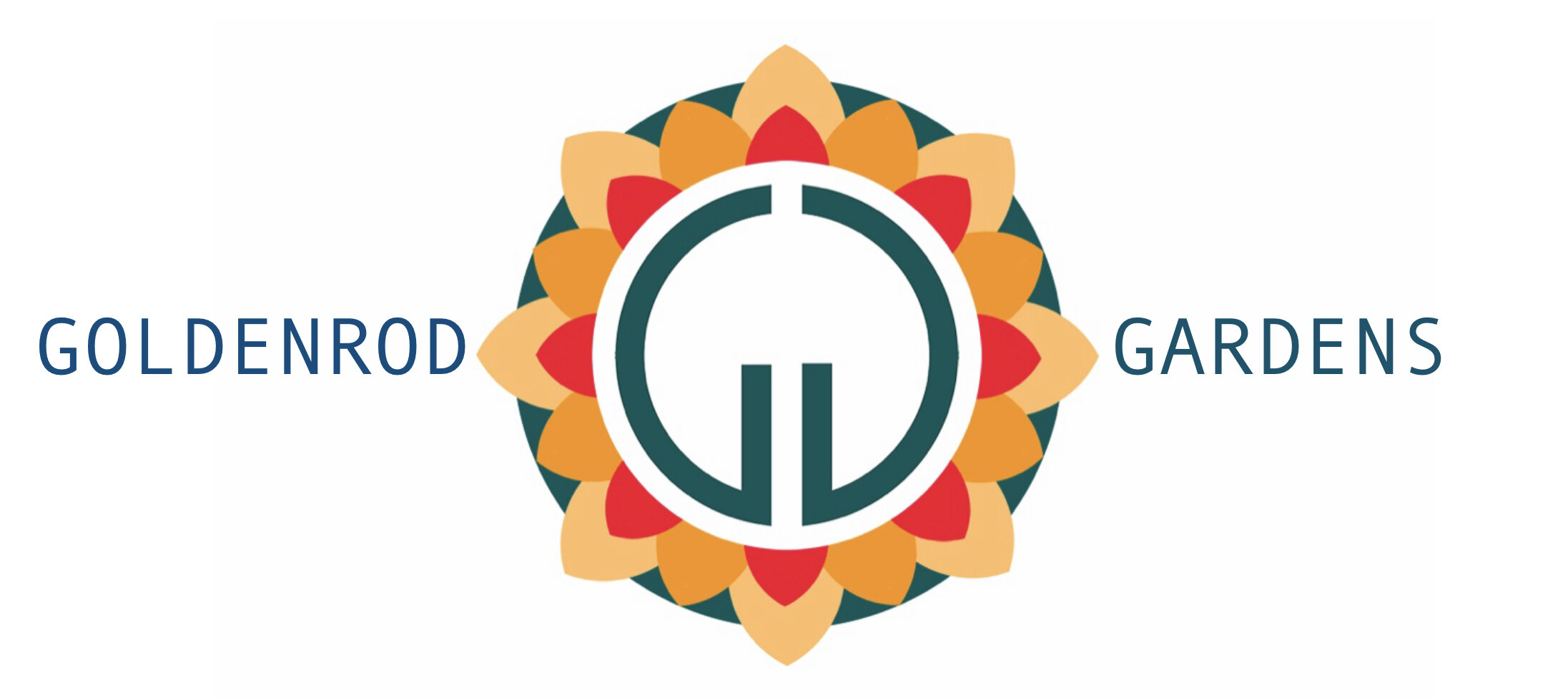Pathogen Protocol and Farm Inputs
Plant Pathogens are organisms that cause infectious disease and include fungi, oomycetes, bacteria, viruses, viroids, virus-like organisms, phytoplasmas, protozoa, nematodes and parasitic plants. Pathogens that carry from one season to the next in or on the surface of dahlia tubers include multiple types virus, crown gall and stem gall. The infection of pathogens in dahlia plants can ultimately cause their demise.
I don’t want any of that and I don’t want my customers to have them either. We go above recommendations by the American Dahlia Society to prevent the spread of seen or unseen pathogens at every step:
Any plants that look suspicious are pulled and destroyed, all flower clippers are sterilized with bleach between every cut stem.
Gall is most often detected on dahlia clumps that were originally sourced from Holland because they mechanically harvest clumps that were started from rooted cuttings and even the slightest hint of an infection when we dig by hand requires immediate destruction of the entire plant. If a plant infected with gall is overwintered in the ground, the gall eventually rots and releases the responsible bacteria into the soil therefore, We dig every single dahlia clump each fall, effectively eliminating risk of soil contamination, Here is a link to an informative paper about gall in dahlias: https://www.dahlia.org/wp-content/uploads/2023/06/Galledfinal23-for-website.pdf
I also have a very strict protocol throughout the dividing process that includes a frequently sterilized washing station, commercial grade cutting boards that are sterilized and swapped out between every variety. The dividing tools are dipped in bleach between every clump we divide and all storage containers are thoroughly disinfected prior to use.
All runoff water from washing is directed 30 feet downhill and slowly re-enters farms water table.
Farm Inputs are substances added to a crop to maximize overall health, and yeild. These can include such things as fungicides, fertilizers, and other soil or medium amendments.
As our climate changes, the wild and often unpredictable swings in weather patterns can put stress on plants- it can brings an increase of stressors like more insects, too little or too much moisture and favorable conditions for fungal outbreaks. Healthy plants can endure these stressors far better and select inputs increase the health of plants.
Although I am well versed in and have followed set guidelines for producers growing organically for years, Goldenrod Gardens is not a certified organic grower. However, we always strive to grow healthy dahlias without risking our health or the surrounding ecosystem in the process.
2023 Dahlia Field Inputs: Every autumn, the field is cleared entirely of all dahlia clumps, stalks and debris, walk row fabric, and supports. Perennial weeds are dug and removed. A cover crop isn’t planted because I have found the resulting debris harbors more insects and weed seeds than regular soil and buildup of heavy organic matter in the soil also makes ugly tubers for us.
Epsoma Bulb Tone Fertilizer- a balanced organic fertilizer with beneficial microbes
Hi Mag Lime- a fast acting, concentrated lime that maintains an ideal pH and while adding calcium and magnesium to the soil
Neem Oil- this OMRI listed oil derived from the neem tree is diluted with water and sprayed weekly on foliage to deter feeding insects and powdery mildew
Compass 50 WG Fungicide- Very expensive and worth every penny, this $500 per pound product is my high tech, low toxicity, go-to solution to pesky dahlia smut. One spray lasts for months. Highly recommended!
Blood, Sweat, Heart and Soul- involuntary but necessary inputs❤️🌸🧚
